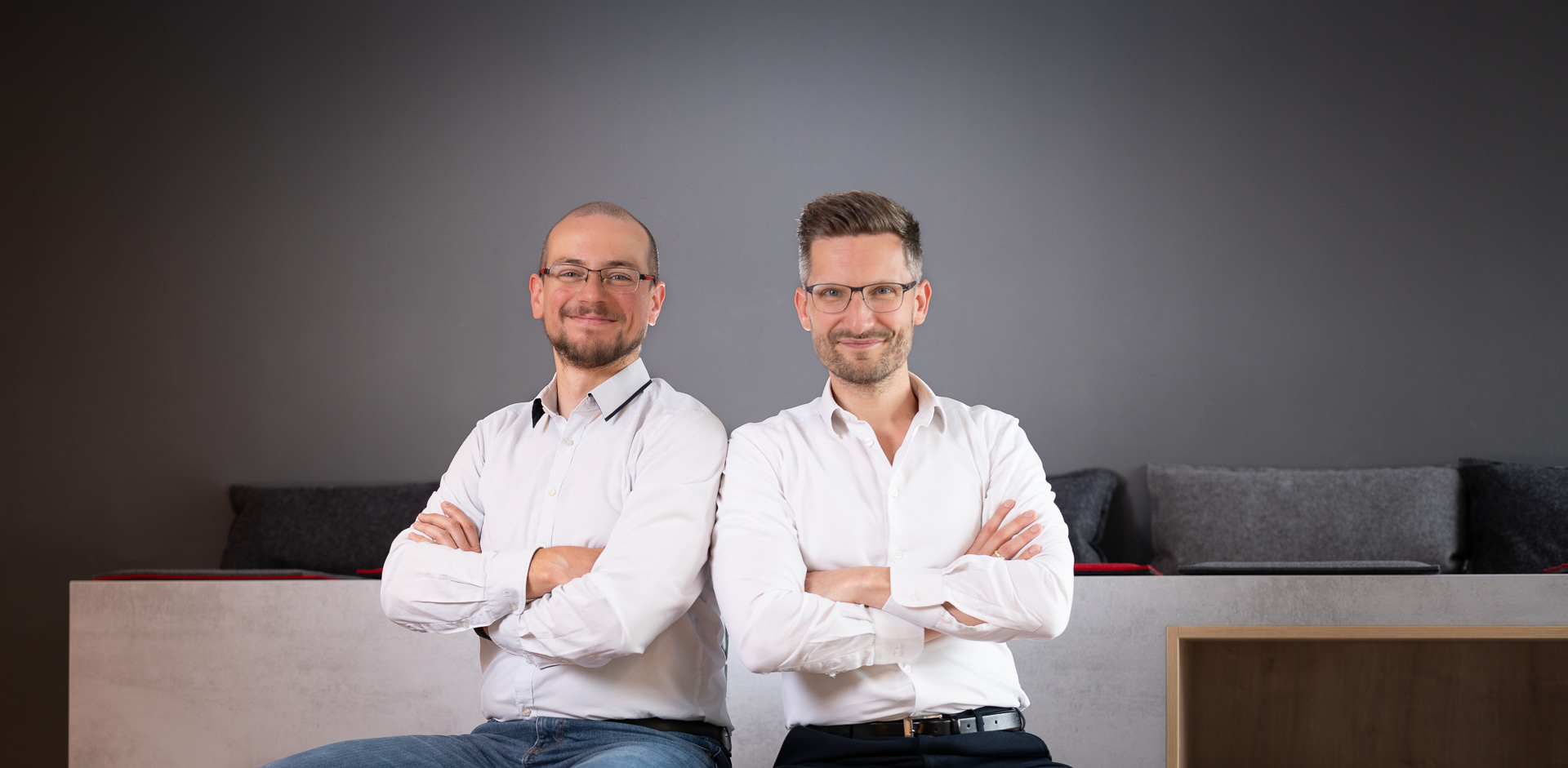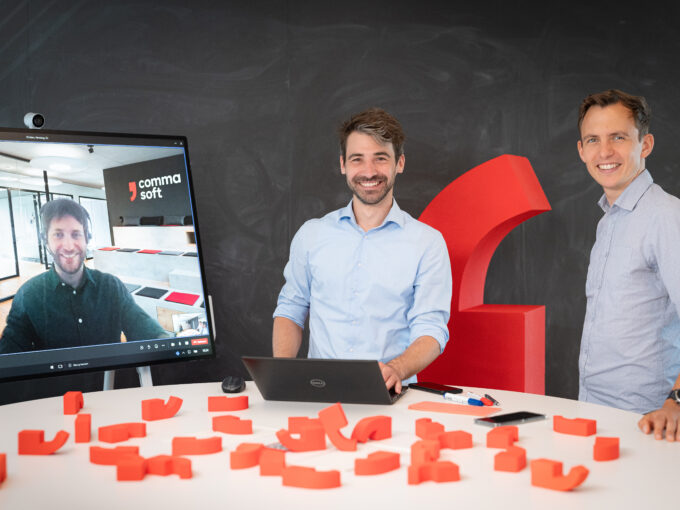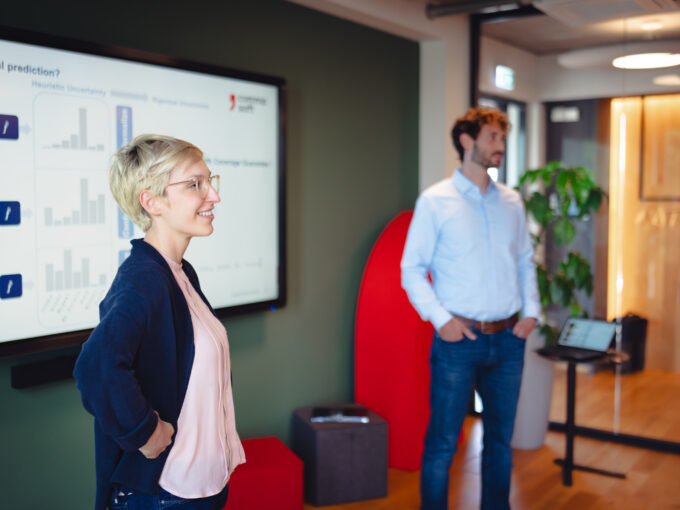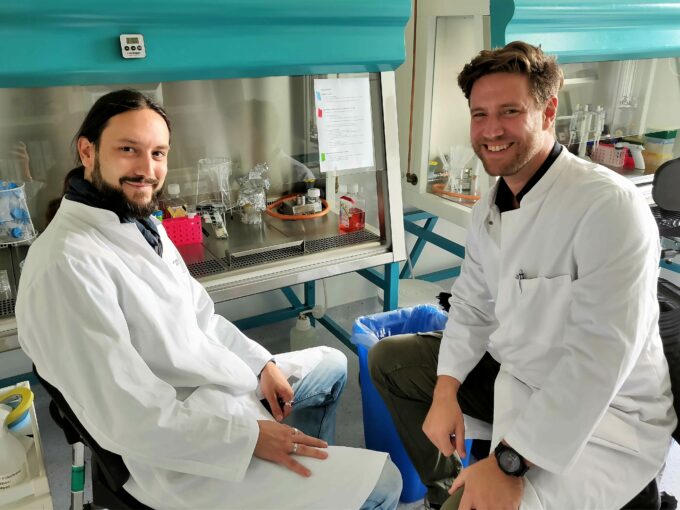
Travel report #01
Join us on the Humboldt Group’s first adventurous journey and learn:
- What we’re up to at Comma Soft out of curiosity.
- How we got in touch with Circular Economy on the island of Oeconesia.
- How Masinope, island kingdom of 1,000 rivers, gave us inspiration for Machine Learning Operations.
- Who our crew members are and what makes them tick.
- Why Alexander von Humboldt inspires us so much that we want to follow in his footsteps.
Enjoy reading and exploring!
If you’re interested in learning more about us and our innovation topics beyond our first trip report, you’ll find more exciting information on this page: from best practices to sources and notes to ideas for implementing them in your own company. Let us inspire you!
We also invite you to get in touch with us: For questions, suggestions, to exchange ideas – write to us and we will get back to you!

Circular Economy

Our visit to Oeconesia has gripped and inspired you? Would you like to read more about the topic?
Then our innovation lab technician Dr. Michael von Papen recommends the following texts.
Recommended reading:
- EU Circular Economy Action Plan
What exactly is the EU planning, which regulations have already been adopted and which are on the way? Here you will find links to all official EU documents, such as the proposals of the EU Commission, as well as further information. If you want to know exactly what is planned next, you should look here.
- Environmental Protection Encouragement Agency (EPEA)
Since its foundation in 1987 in Hamburg by Prof. Dr. Michael Braungart, EPEA has developed into an international innovation partner for environmentally compatible products, processes, buildings and urban quarters. The EPEA accompanies its customers on the way to C2C certification. On the website you can also find many concrete implementations of Cradle to Cradle from different sectors. Just the right thing to get inspired and come up with new ideas.
- Circular Economy Going Digital
How does digitization fit into the Circular Economy, and how and in which areas can it help in concrete terms? This paper by the European Policy Centre, a non-profit think tank, shows how important digitization is for the Circular Economy. The paper divides the support provided by digitization into the areas of information, processes and consumers, and provides concrete examples for each area. After reading the paper, one understands why they talk about a Digital Circular Economy.
- Eurostat Statistiken zu Circular Economy
Here you will find many facts and figures from the EU area on the subject of material flows and the circular economy, as well as interactive graphics and interesting publications. Freely according to the motto: You can’t control what you don’t measure. A very helpful source when it comes to identifying the effective levers to achieve maximum impact with circular models.
- Ellen MacArthur Foundation
The foundation of the sailor Ellen MacArthur has dedicated itself entirely to the Circular Economy. On the website, you can find detailed publications with facts, figures and suggestions for action, as well as numerous use cases on the topic. In my opinion, the best place to go for information, inspiration and education. In addition to numerous publications, company examples and research on the current state of the Circular Economy, you can also find the free tool Circulytics, with which you can measure the circularity of your own company.
Other interesting sources on the topic of Circular Economy:

Machine Learning Operations
Are you ready to start implementing Machine Learning according to the principles of MLOps? To find out, you can ask yourself the following questions. They are aimed at the basic principle that makes up MLOps: the interaction of people, processes & technology.
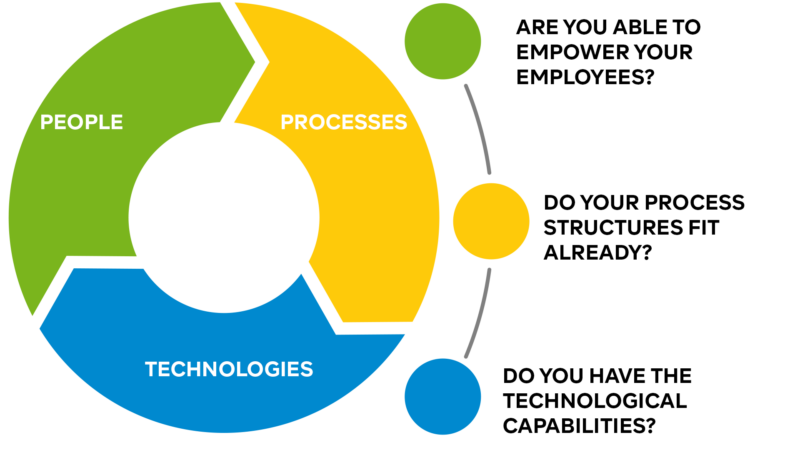
Do you have people in your companies who …
- are transparently informed about change processes and made fit for the concept?
- can build up and expand ML expertise in your company?
- want to actively and courageously shape this path with you and take on responsible roles?
Are process structures aligned in such a way that they …
- enable the development and expansion of platforms for ML models?
- allow the automation of your processes with ML methods?
- promote agile, cross-departmental collaboration?
Is the technical infrastructure and technological know-how in place to …
- provide ML models and integrate them with other systems?
- prepare data for use in ML models?
- ensure stable, secure operationalization?
Start with an initial ML use case
Are you planning to implement a specific use case with machine learning? The adjacent canvas helps you to clarify the most important questions for your project in advance. A template is available for download here.
From Use Case to Transformation
If you want to use machine learning to make your company data-driven throughout, you should not stop at individual use cases. Use cases are tactical measures, comparable to the visible tip of the iceberg. Below that lies the strategy on the basis of which these cases are implemented and below that, in turn, the actual transformation that is triggered by MLOps principles.
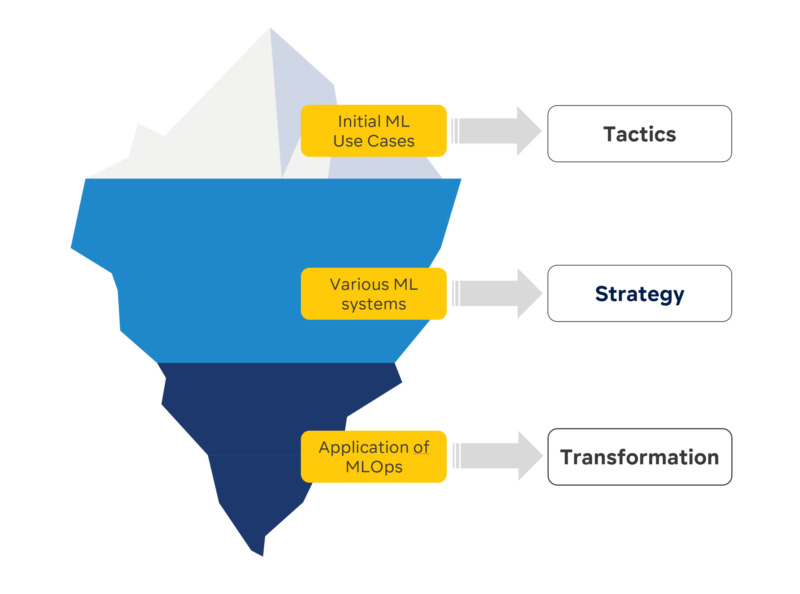
Start small, but start!
It makes sense to start with the first ML use cases and gain experience. Non-critical use cases and short-term projects quickly create quick wins, while keeping the effort manageable. However, also realize that the focus is clearly on learning. You may not see a big business impact yet, but understand the value ML can generate.
In the next step, you will then dive deeper and develop a strategy aligned with your business goals, based on which you will implement further ML use cases. From then on, it also makes sense to automate initial processes needed for operationalization to save resources.
If you achieve your strategic goals with ML, you can eventually go as far as using Machine Learning to drive innovation. It’s here that the real transformation to a data-driven enterprise happens. At the same time, it is inevitable that you use MLOps as a concept to implement Machine Learning in an efficient and maintainable way now at the latest.
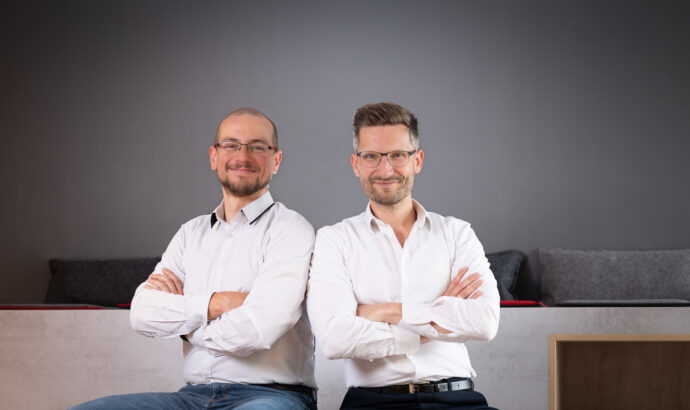
MLOps Bootcamp
Do you want to use Machine Learning Operations as a concept in your company?
In the MLOps Bootcamp, you will learn the conceptual basics and learn how to implement reliable and maintainable ML applications in your company using practical code examples.
More interesting resources on MLOps:

Driving innovation
You’ve already read about the innovation formats that drive us at Comma Soft. If you are also considering such approaches for your company, then take a look here: We have collected guidelines, tips & possible actions of the three formats for you.
Task force
Task forces are a suitable means of evaluating innovative topics quickly and without much overhead for your company. The main aim is to use the personal motivation and interest of the employees for a topic. By dispensing with very rigid administrative and organizational structures, those involved are free in their thinking, which can also give rise to completely new ideas.
Stand-ups
Topic stand-ups are an excellent format for regularly exchanging ideas on relevant, evolving topics within an organization. They help to share knowledge, to get to know contact persons for specific questions and to develop a uniform understanding and internal best practices. In addition, such a format also strengthens the sense of togetherness, as cross-functional people come together to present topics. Those who have little contact with each other in their day-to-day work can share thoughts, questions and feedback here. For new colleagues, a stand-up also offers a good opportunity to get to know the company and to network. On the one hand, this broad exchange can give rise to innovative ideas; on the other hand, it also ensures a certain consistency and prevents the wheel from being reinvented over and over again.
R&D projects
R&D projects serve to develop prototypes for solutions or products. In addition to the development of new products, which ideally refinance the research expenditures invested in advance, research projects can also bring other advantages. For example, active research and development can strengthen a company’s own position on the market or also serve as a door opener for new markets. Research cooperations are a good way to establish networks and expand one’s own knowledge. And last but not least, R&D also strengthens the company’s public image and is a relevant factor in attracting new talent.
More interesting sources on innovations and innovation formats:

The journey continues!
We have already set sail again and continue to explore new worlds. Be curious about what awaits you in our next voyage report!
Would you like to receive another copy of the current report or would you like to register yourself and your colleagues for the next issue? Write to us!



